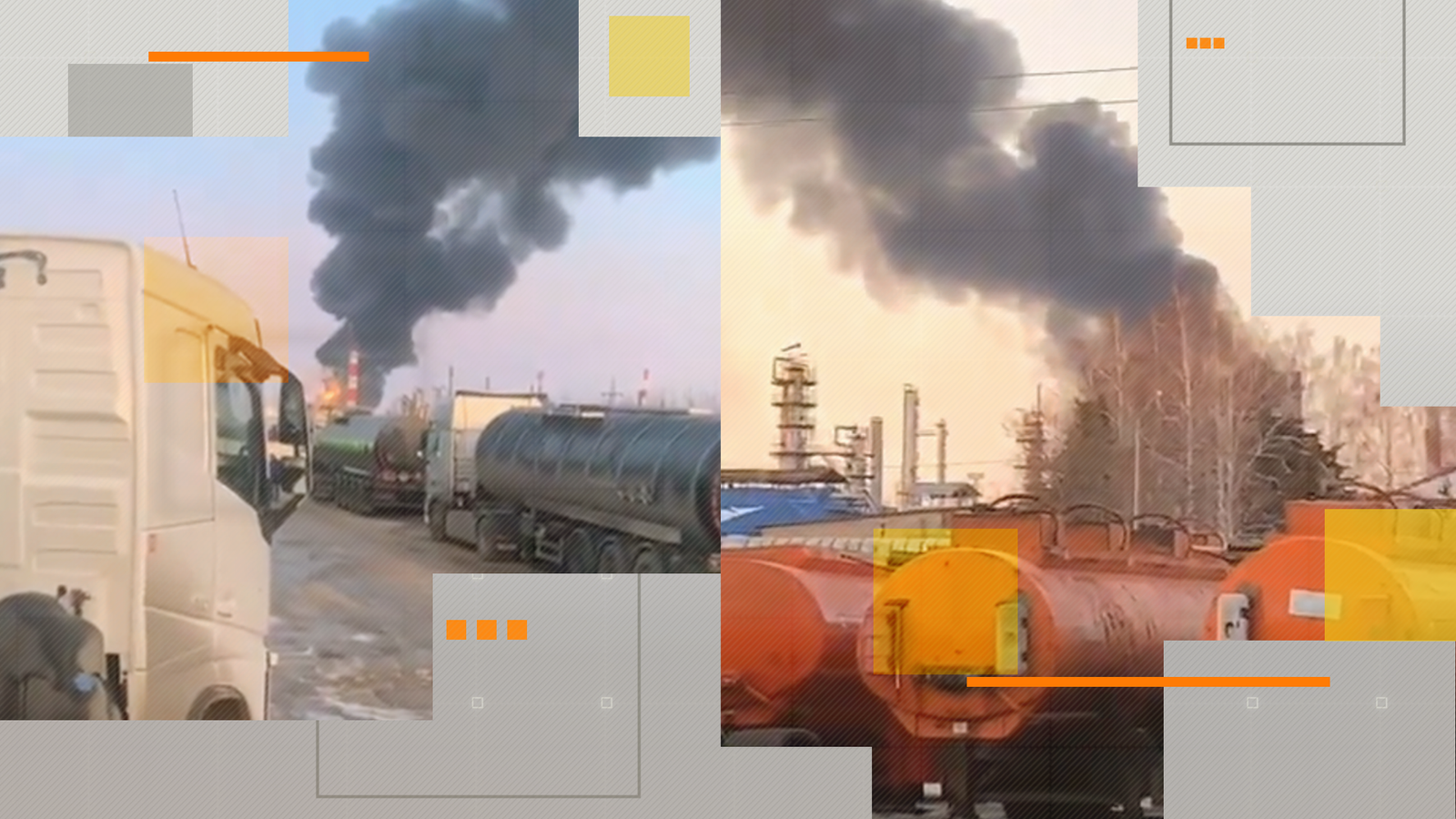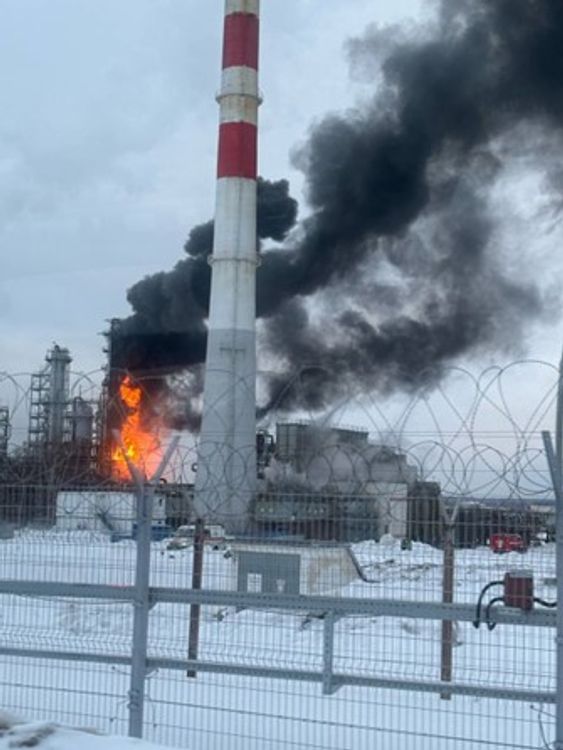Russia has been hit this week inside its own territory with several strikes carried out.
In the past three days, there have been skirmishes and incursions across its southern border, and drones have successfully targeted sites important to its economically crucial oil and gas sector.
On 15-17 March, Russian citizens are scheduled to vote in the country’s presidential election.
While there is little prospect for democratically-led change in the near-term, the lead-up to the election has not been smooth.
Attacks across Russia’s southern border
On 12 March, the Russian Volunteer Corps, Freedom of Russia Legion, and Siberian Battalion claimed to have attacked positions along Russia’s southern border.
While the accounts provided by these groups have not been verified, it’s clear that fighting occurred in at least three locations.
These groups, based in Ukrainian territory and comprising fighters opposed to Vladimir Putin’s government, engaged the Kremin’s forces in the country’s southern Belgorod and Kursk Oblasts, as the war was brought closer to home for Russians.
The skirmishes in southern Russia occurred in three areas along its border with Ukraine. The most prolonged fighting occurred around the town of Tetkino in Kursk Oblast, which anti-Putin forces claimed to have captured on 12 March.
Another attack appears to have occurred further south, near the town of Spodaryushino, in Belgorod Oblast. While it is unclear how prolonged this engagement was, footage posted on 12 March shows a group of Russian troops pulling back from the border.
Fighting also occurred around the border crossing near the Russian town of Nekhoteevka, also in Belgorod Oblast. Aerial footage shows a disabled tank that appears to have been abandoned by anti-Putin forces in this location.
While troops appear not to have advanced far into the Russian interior, clashes in the border regions were accompanied by drone strikes targeting sites in the city of Belgorod.
According to geolocated footage, the City Hall was damaged in these strikes.
Strikes on Russian oil facilities
Further into Russian territory, Ukrainian strikes against oil facilities appear to have been occurring with increasing frequency.
On 12 March, it was reported an oil storage facility in the Western city of Oryol was set alight by a strike.
And a Lukoil-owned complex situated over 500 miles from the Ukrainian border in Kstovo, Nizhny Novgorod Oblast, was successfully targeted by drones on the same day.
These attacks were followed by a strike on an oil refinery in Ryazan Oblast on 13 March. According to Russian officials, this resulted in a fire and injuries to two people.
Reports of fires at all three of these sites have been confirmed by geolocated footage.
Military transport plane crashes after fire
On 12 March, footage emerged showing a Russian military transport plane crashing near the Russian city of Ivanovo.
Video from the area shows the Ilyushin Il-76 flying low with one of its engines on fire before crashing.
According to Russian officials, eight crew members and seven passengers were onboard at the time of the crash.
What this means for Russia
On the significance of the attacks along Russia’s southern border, Sky News security and defence analyst, Professor Michael Clarke, said that while they are minor on a grand scale, they demonstrate a lack of competence and preparedness on the part of local Russian forces.
On the wider implications of strikes within Russia, Prof Clarke pointed out the pre-election period was a “sensitive time” for the regime.
He added that the optics of drone attacks and the loss of a IL-76 were unlikely to help Russians feel better about their country’s security.
This story originally appeared on Skynews


